Special Report
What the World Is Doing for (and Against) Polar Bear Populations
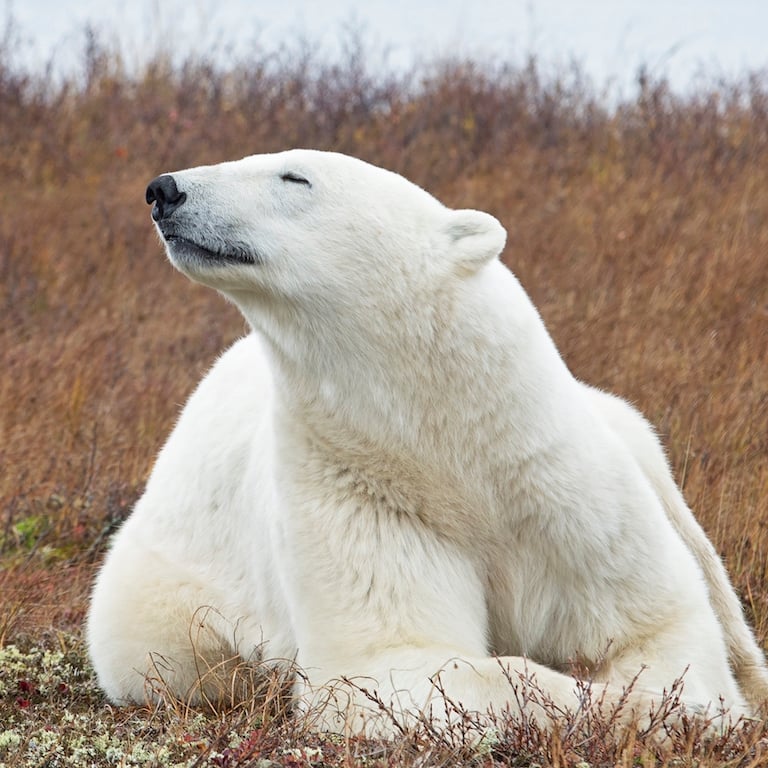
Published:
Last Updated:

Polar bears are perhaps the world’s most famous Arctic predator, known for their distinctive profile, snowy white coat, and remarkable adaptation to an inhospitable environment. The Arctic bears have wandered the Earth for millions of years, withstanding several periods of global warming. However, human-made threats, such as the current period of global warming and unsustainable hunting practices of Europeans, Russians, and Americans over hundreds of years, have endangered the polar bear population.
It’s hard to imagine the total extinction of such resilient creatures, and yet such a dire outcome for the species has become increasingly likely.
Polar bears live in some of the most remote and difficult-to-access regions on the planet. Therefore, accurately estimating their worldwide population is difficult and costly. Today, it is estimated that there are about 22,000 to 31,000 polar bears remaining. Due largely to the ongoing melting of Arctic sea ice, the global population of polar bears is projected to decline by 30% by 2050.
Click here to see the threats to polar bears.
Click here to see conversation efforts for polar bears.
In an email to 24/7 Wall St., Steven C. Amstrup, chief scientist of nonprofit organization Polar Bears International, noted the importance of sea ice to polar bears.
“[Decades of research] has established the basic fact that polar bears can reliably catch their prey only from the surface of Arctic sea ice,” said Amstrup. “This fundamental relationship between ice availability and polar bear foraging ability means wild polar bears will disappear unless we take action to reduce greenhouse gas emissions that are causing global temperature rise.”
The shrinking of the sea ice has other consequences that also have threatened polar bear populations. For example, as Arctic habitats have become more hospitable to humans, tourists drawn by natural beauty as well as the chance to see polar bears have flocked to the region. Surges in visitation numbers mean more water crafts, which can cause pollution. Also, more contact between the bears and humans frequently results in humans killing the ice bears in self-defense.
In addition to tourism, better access to Arctic territories means more affordable access to the region’s resources. Any development in the area, be it oil extraction, pipelines, and even research facilities, are risks to wildlife. Oil spills are among the greatest threats to polar bears, who spend large amounts of time traversing by sea. Also, as the region’s top predator, bears are exposed to any oil contaminating all animals along the food chain. Such disasters are impossible to avoid entirely, and most countries, including the United States, are nowhere near capable of cleaning up oil in the Arctic.
To bring attention to these issues, conservationists in recent years have celebrated Feb. 27 as International Polar Bear Day. To mark the occasion, and to do our part to raise awareness, 24/7 Wall St. has catalogued 10 of the greatest threats to polar bears and 10 of the ways in which conservationists and other advocates have worked to improve the situation.
Threats to Polar Bears
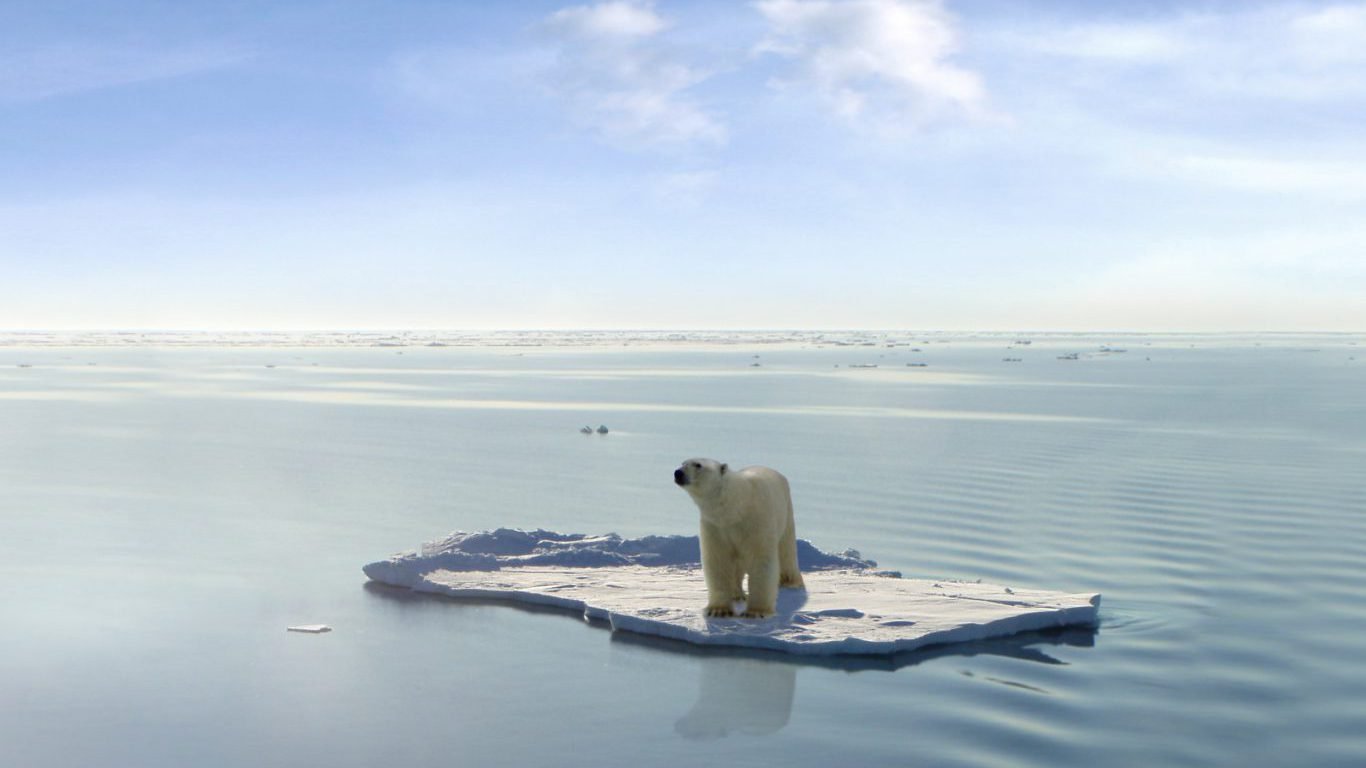
1. Climate change
Polar bear scientist Steven Amstrup told 24/7 Wall St. that according to decades of research “polar bears can reliably catch their prey only from the surface of Arctic sea ice that covers shallow waters of the Arctic.” Because they depend on the sea ice for food, polar bears are that much more vulnerable to climate change. Due to rising temperatures in recent decades — and even more so in recent years — the sea ice has formed later each year and melted earlier, resulting in a loss of habitat and less time to hunt for food. The Western Arctic, one of the dwindling natural habitats of polar bears, is warming at the fastest rate of anywhere in the world.
[in-text-ad]
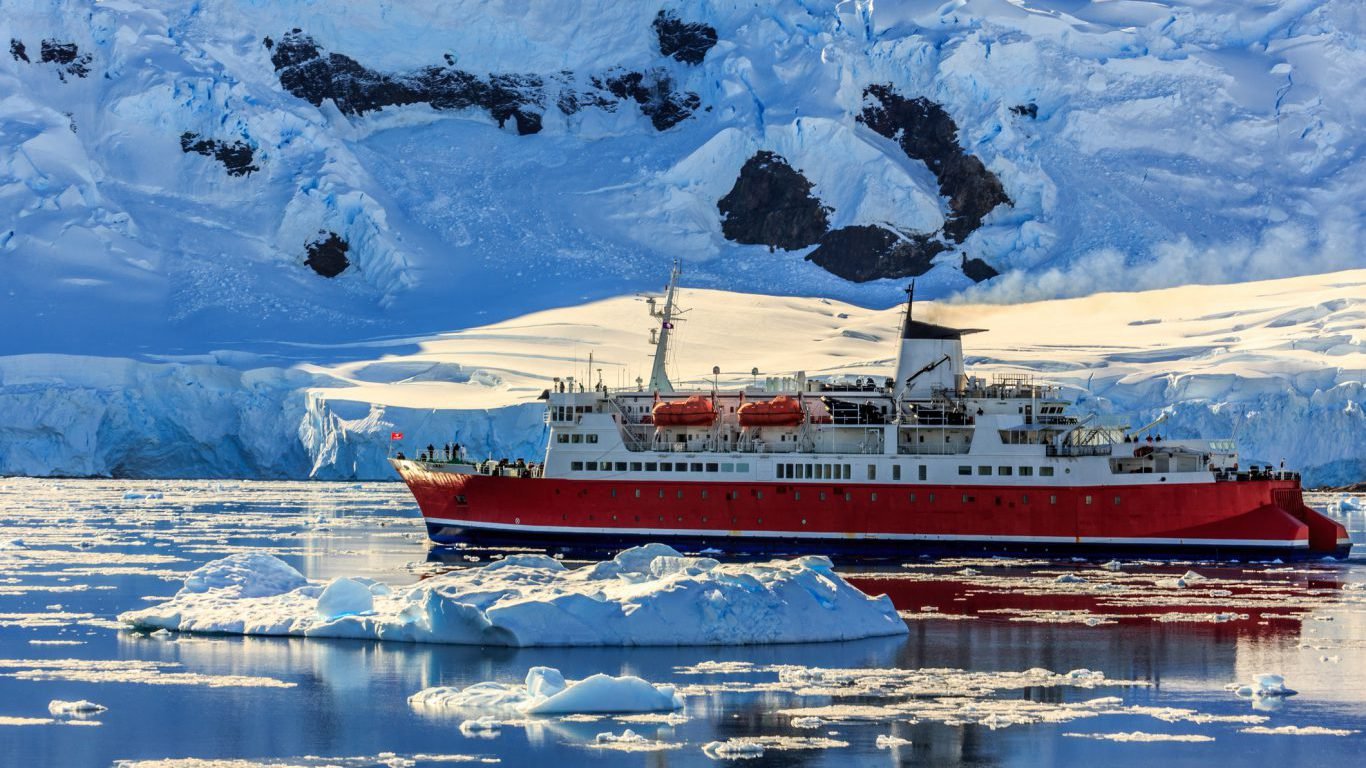
2. Tourism in the Arctic
Tourism can be both beneficial and detrimental to conservation efforts — depending on how it’s done. Responsible tourism can build awareness and appreciation for the environment and its inhabitants, and the revenue can support local communities and help fund conservation programs.
In the Arctic, tourism has increased dramatically as sea ice has melted. This adds yet another threat to the already many others that endanger polar bear populations. There were approximately 94,000 visitors to the Northwest Territories of Canada during the 2015-2016 season, up 45% from the 2011-2012 season. As in many of the Arctic countries, polar bears are an important source of tourism revenue for small northern communities in Canada. Too much tourism and encroachment into wildlife habitat areas, however, can be detrimental. Cruise ships, for example, which can now traverse Arctic waters, often pollute waterways, create excessive noise, and increase the opportunities for polar bears to come into contact with humans — all potentially harmful disturbances.
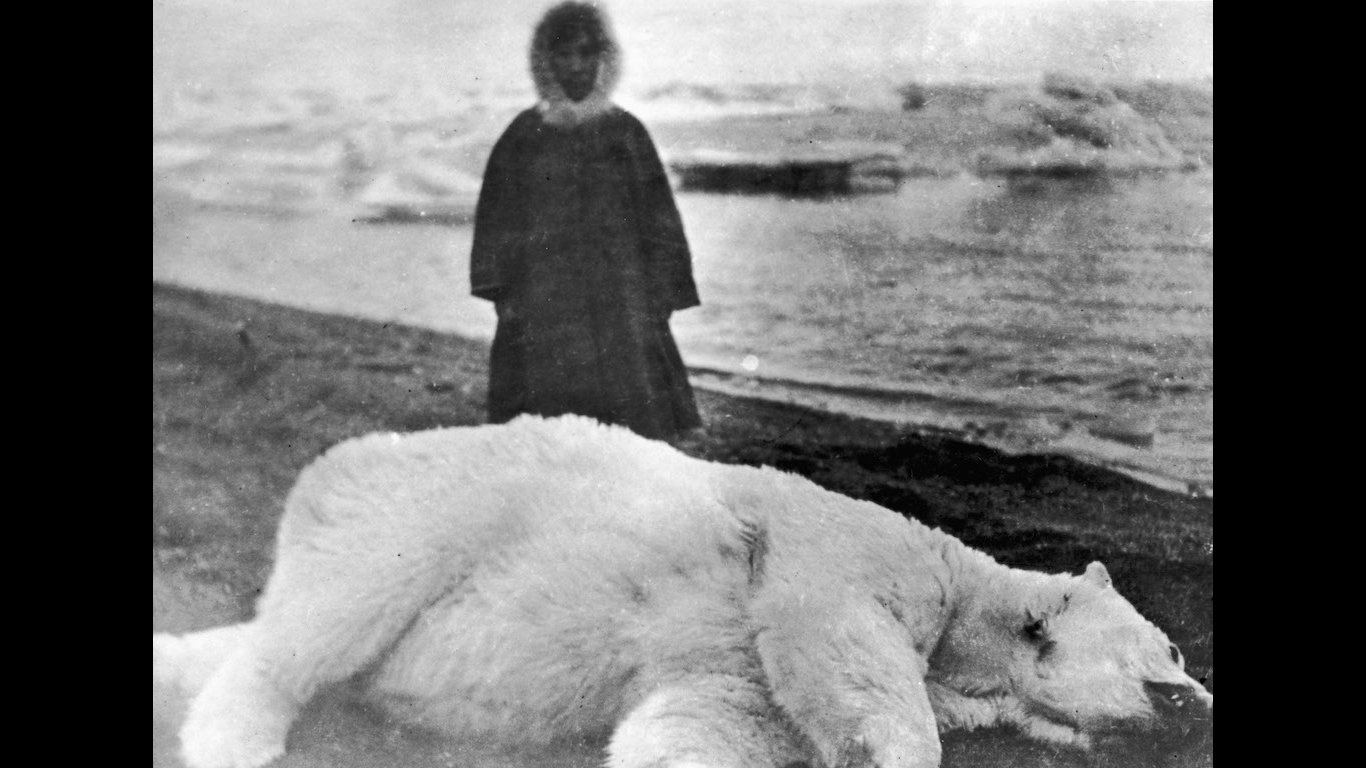
3. Hunting by indigenous communities
People native to the Arctic region have practiced sustainable sea-mammal hunting for thousands of years. While hunting by indigenous communities has not been nearly as devastating as the damage done by trophy hunters in the decades before post-war hunting regulations were implemented, any hunting of an endangered animal is at least a partial threat to the species. Today, hunting as part of the traditional subsistence lifestyles practiced by indigenous peoples is permitted but heavily controlled. Of the five countries with polar bears, only Canada has no restrictions on hunting by indigenous communities. Canada is also the only one to allow sport hunting of polar bears.
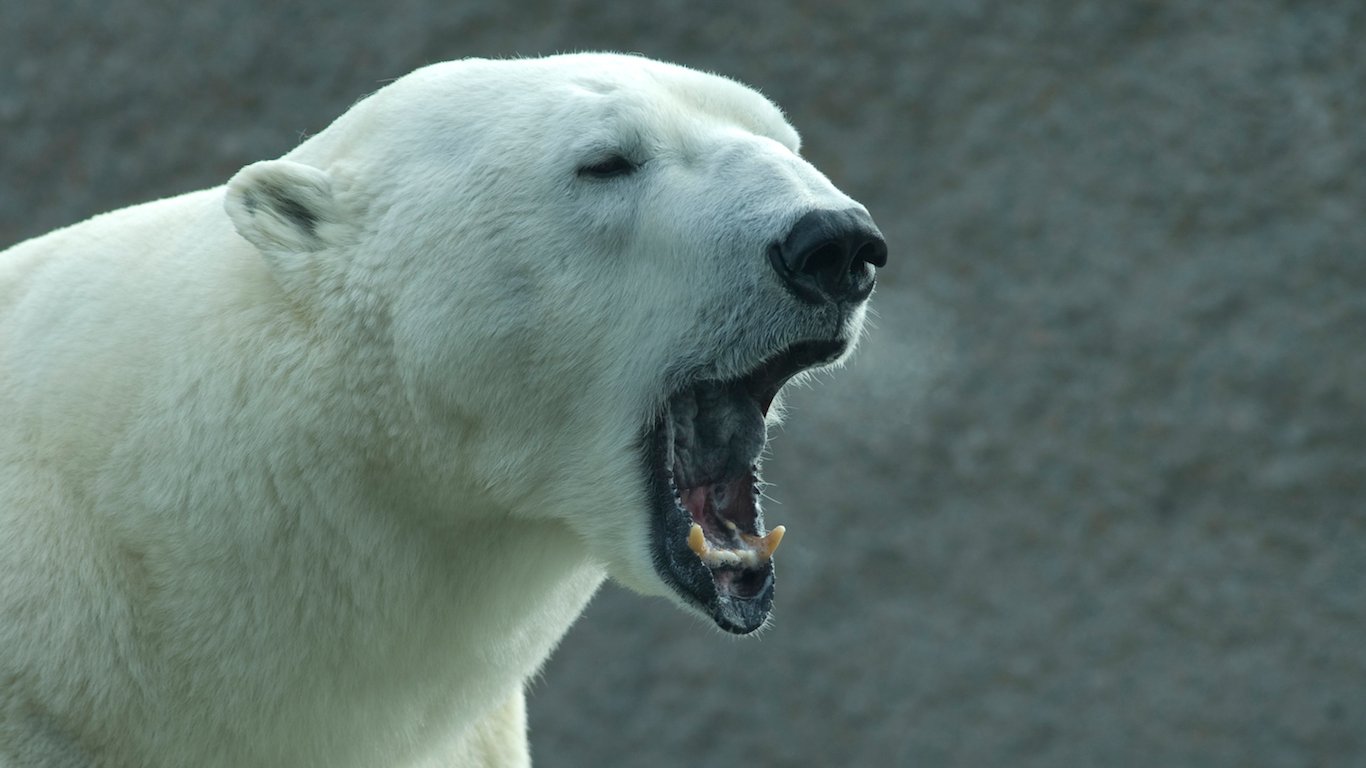
4. Polar bear cannibalism
Polar bear cannibalism, known by Arctic researchers as intraspecific predation, is a poorly understood phenomenon. One relatively well-established motivation for the self-destructive behavior is malnourishment. Another is territory disputes over dwindling habitats. Both motivations are linked to crisis-level conditions across the Arctic. While only several handfuls of cases have been documented over multiple decades, the phenomenon highlights the severity of the crisis.
[in-text-ad-2]
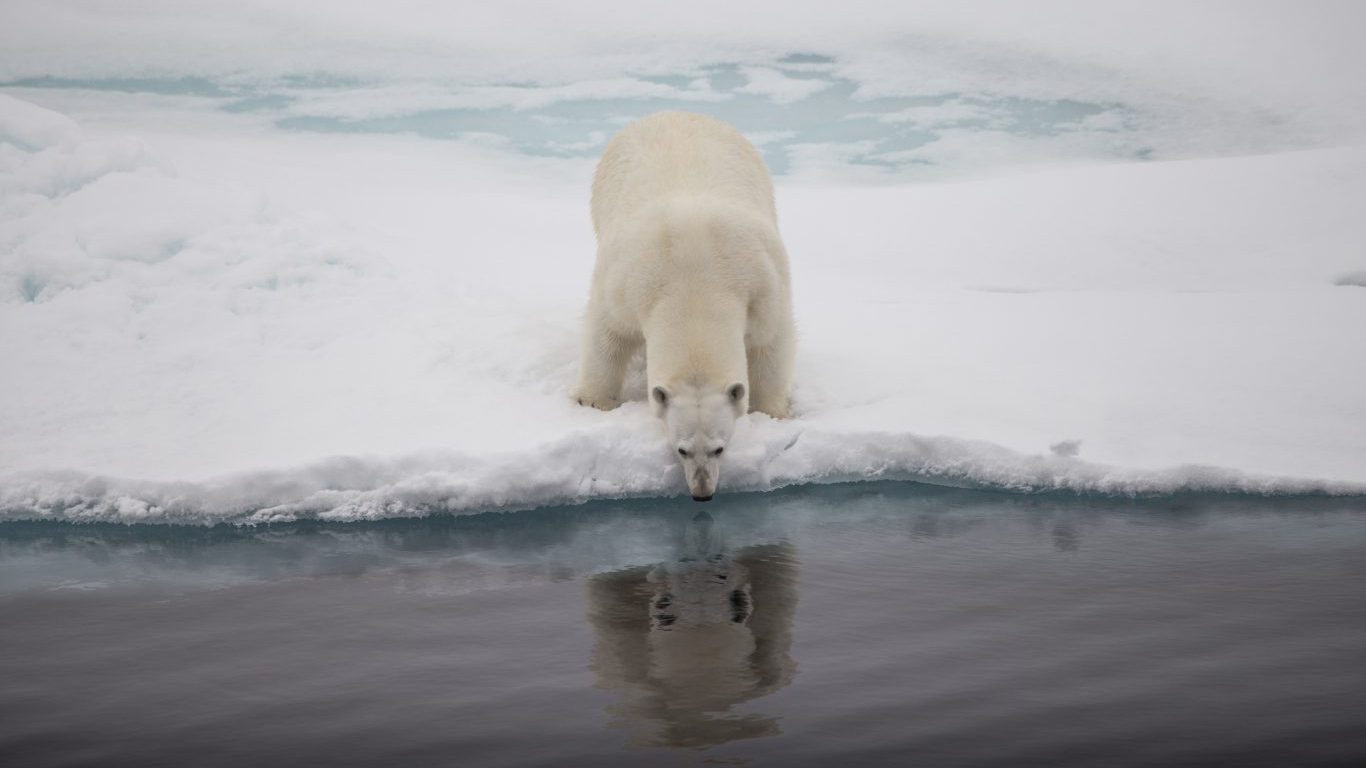
5. Under-ice oil spills
Polar bears will travel vast distances in search of good hunting grounds. During these long and harsh journeys the bears can be exposed to a variety of human-made threats. One of the greatest threats to polar bears is increased human development in the Arctic, especially by mining and oil companies. Such projects are harmful to the environment first and foremost because of oil spills. But even when there is not a direct spill, oil and other pollutants can end up in the waters from wind and ice movements. Polar bears are not only threatened directly by these pollutants, but also they are exposed to toxins ingested by seals — a staple of the bears’ diets.
A recent proposal from the Trump Administration could open the Arctic Ocean to oil and gas drilling, further jeopardizing the area’s wildlife and their habitat.
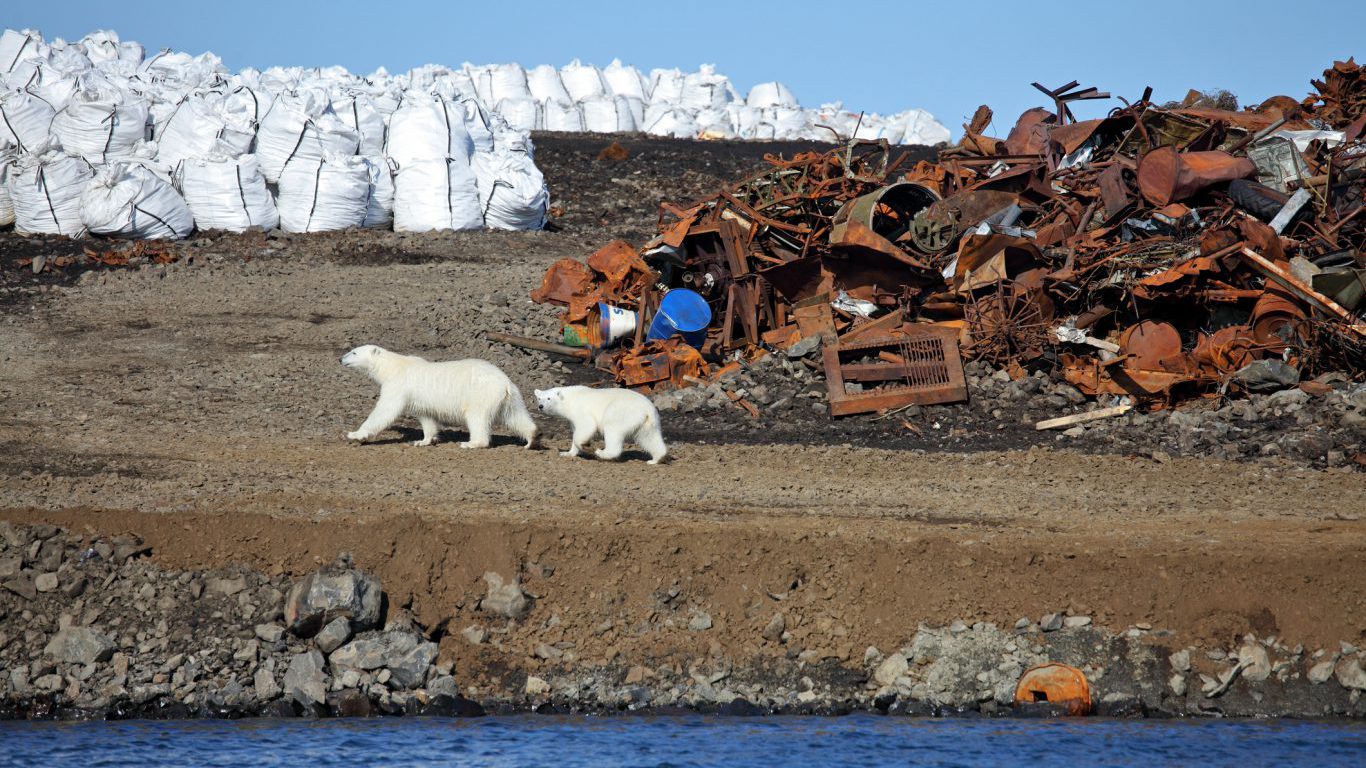
6. Pollution
The Arctic is one of the few remaining mostly untouched wildernesses. Still, even there pollution is a problem. Local wildlife are threatened by pollution from oil and gas development, passing cruise ships, currents carrying toxins from non-Arctic waters, and more. At the top of the food chain, polar bears are especially at risk of consuming chemicals from their prey.
The Arctic Monitoring and Assessment Programme (AMAP) spent six years cataloguing the various sources of Arctic pollution. Some examples include: decommissioned Distant Early Warning Lines (DEW Line), the Cold War communications networks of radar installations; industrial activities on the Kola Peninsula in northern Russia; industrial operations in Norilsk, Russia’s coldest and most polluted city; and other energy extraction operation including heavy metal mining sites, the development and transportation of oil and gas, and nuclear waste dumping through accidents and poor containment of past explosions.
[in-text-ad]

7. Poaching
Before the 1960s, anyone who encountered a polar bear was entitled to kill it. Countries began to implement restrictions on open hunting of the bears after the Second World War, and annual polar bear killings have fallen since then. An estimated 500 to 700 bears are killed legally each year. Despite the extremely limited knowledge of polar bear populations, this annual harvest is thought to be sustainable. While not strictly poaching, hunting conducted in areas where polar bear numbers are unknown, such as Quebec, parts of Greenland, and the Chukchi Sea, is most likely unsustainable. Illegal hunting has been reported in the Russian Arctic, where as many as 200 polar bears are poached annually, mostly for the illegal pelt trade. Because the number of polar bears residing in this region is largely unknown, the poaching of polar bears there is that much more alarming and threatening to the population.
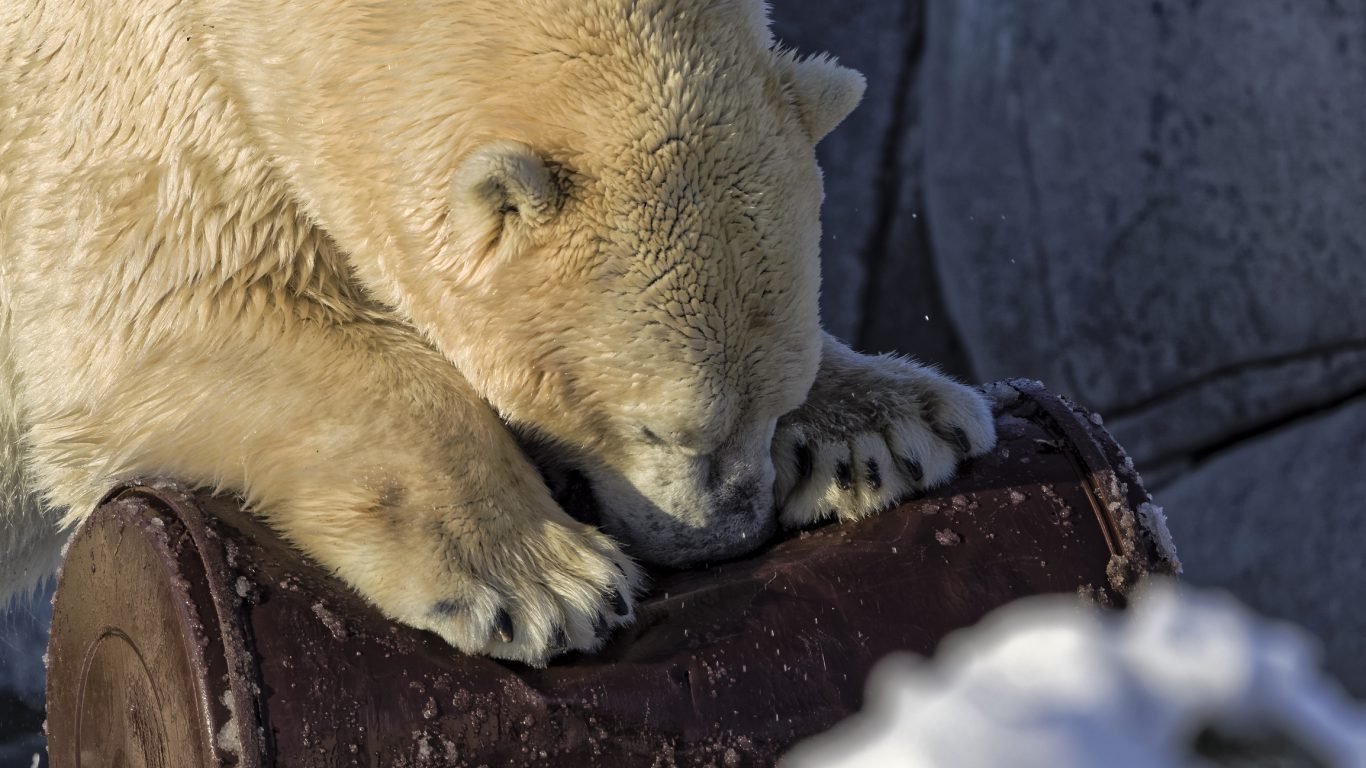
8. Oil and other development
Oil extraction and other development projects are among the most severe threats to the polar bear population. With the Arctic region changing because of rising temperatures and shrinking ice levels, the area is becoming more accessible and hospitable for humans, including energy and other companies. However, scientists are concerned about expanded drilling in the Arctic. Admiral Paul Zukunft of the United States Coast Guard said last July the nation is not ready to clean up an oil spill in the Arctic. He based his concerns on the difficulty of cleaning up the BP oil spill in the Gulf of Mexico in 2010, particularly when the sea rose over 4 feet. That occurs more frequently in the Arctic than the Gulf of Mexico. Coming into contact with oil spilled into the ocean can reduce the insulating properties of the fur of polar bears. Also, being at the top of the food chain, polar bears consume other animals that digested oil and other pollutants, which further increases their risk of ingesting toxins.
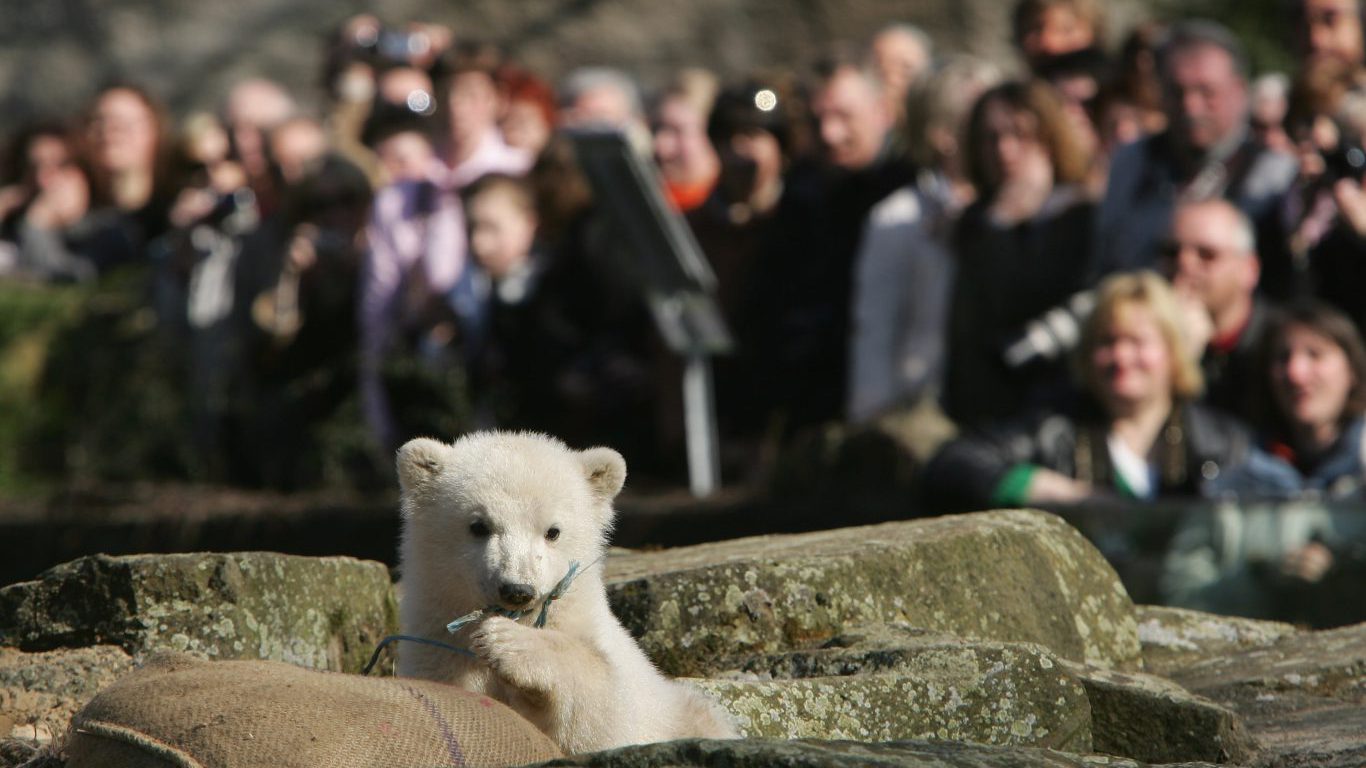
9. Capture for public display
Some polar bears are captured and held in captivity as attractions in zoos. Advocates for keeping polar bears in captivity say doing so helps conserve the species. Displaying the animals evokes sympathy and a greater understanding of their plight, they claim. They also say polar bears live longer in captivity than those in the wild. Critics, however, say the animals are being exploited as objects for human entertainment. Groups such as People for the Ethical Treatment of Animals (PETA) claim polar bears become depressed by being confined in small areas. They also say polar bears raised in the zoo lack the ability to survive in the wild.
[in-text-ad-2]

10. Limited knowledge of polar bears
Information is limited regarding polar bear populations in some regions of the Arctic. Population estimates are not known for four of the 19 subregions that are home to polar bears. For six others, estimates are more than 10 years old and are likely of lower quality. The Polar Bear Specialist Group (PBSG) publishes the most reliable estimates of polar bear populations. The PBSG has never provided polar bear counts for the Arctic Basin and East Greenland, which are home to polar bears but are not counted among the 19 subregions. Gathering knowledge about polar bears is challenging largely due to the inhospitable environment of polar bears habitats. Information is also limited regarding the spatial relationship between humans and polar bears. Also, it is not fully understood what the effect of reduced access to sea ice on polar bears has on their nutrition.
While more knowledge is needed about polar bears in order to help address the threats they face, research is limited not just due to environment challenges, but also due to funding. More research and more knowledge is imperative if we want to help save these splendid creatures.
Conservation Efforts
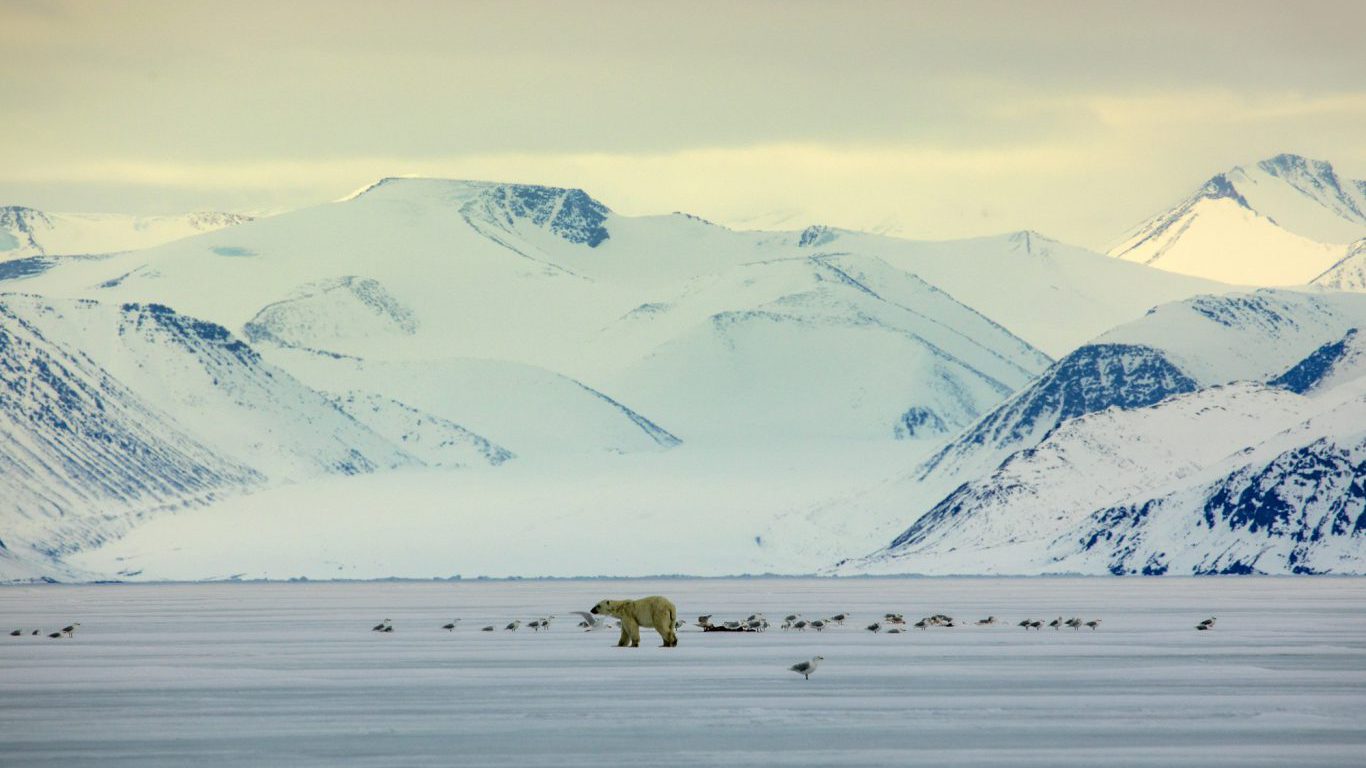
10. Restriction of development
Most nations maintain regulations to restrict development in certain areas so as to protect wildlife. The United States, for example, established the Arctic National Wildlife Refuge in northeastern Alaska as a refuge for Arctic animals, including polar bears. Although recently U.S. Republicans have proposed legislation to open the refuge to oil and natural gas drilling, on the whole, the nations acting as stewards to the polar bear population are supporting the vulnerable species.
For polar bears the stakes are highest in Canada, where two-thirds of the global polar bear population resides. The Canadian government has implemented regulations to protect polar bears, including limiting land development and establishing protected areas for polar bear habitat such as parks. The government also is crafting legislation to further protect polar bears within the parks, such as restricting the use of motorized vehicles and boats in those areas. Other regulations involve banning deforestation, except in certain circumstances, and limiting use of fire and fireworks.
[in-text-ad]

9. Limits on polar bear hunting
Hundreds of years of unsustainable hunting by Europeans, Russians, and Americans decimated polar bear populations through the mid-20th century. Today, nations with polar bear populations all have some hunting restrictions. Canada, where two-thirds of polar bears reside, has perhaps the loosest restrictions.
The world’s biggest island, Greenland created in 1974 the Greenland National Park, which covers about one-third of its landmass. Polar bears and other animals are protected within the park’s limits. Norway in 1973 forbade hunting of polar bears, except in cases of scientific or other special purposes.
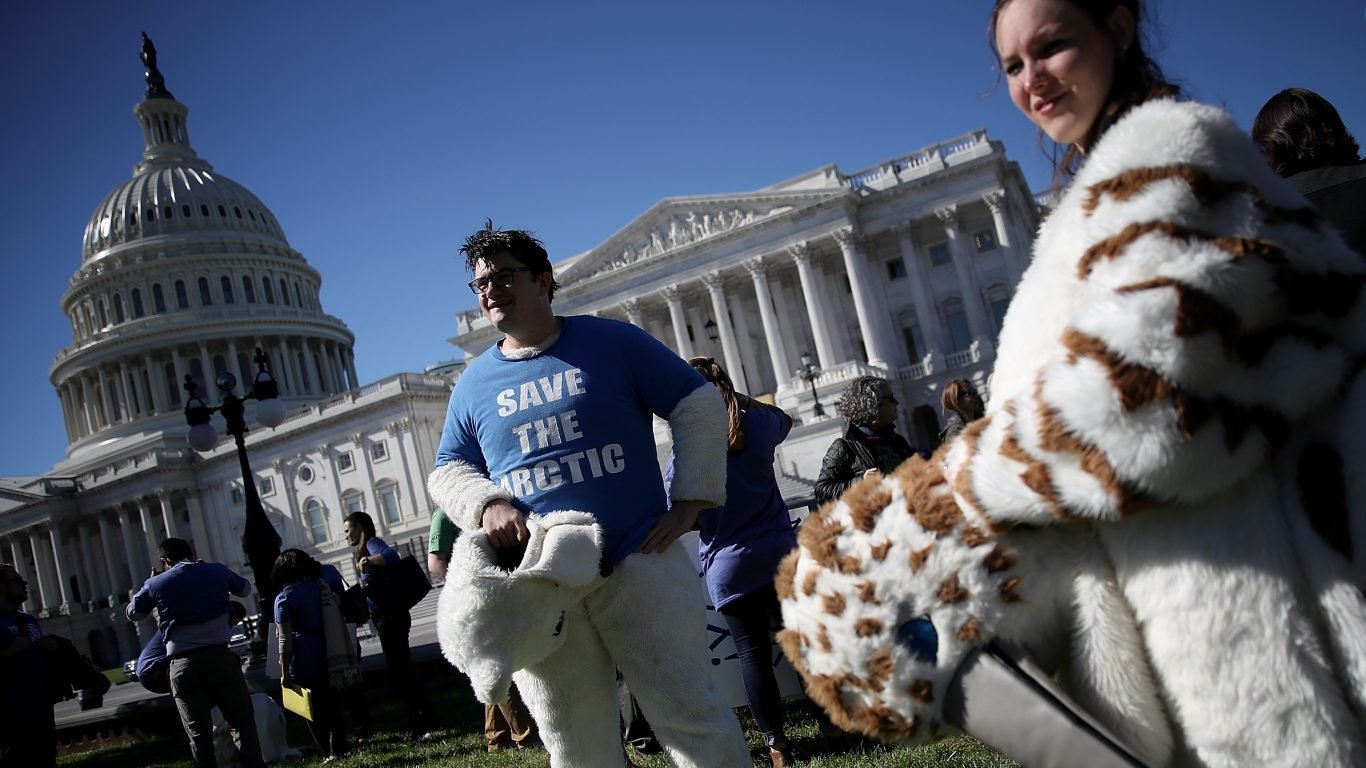
8. Legislation protecting polar bears
Various legislative acts as wells as international treaties have been signed to protect polar bears. In the United States, polar bears were included in the Marine Mammal Protection Act that was enacted in 1972. The Polar Bear Management Agreement for the Southern Beaufort Sea was enacted in 1988 to shield the animals that were traveling between the Canadian section of the Beaufort Sea and Chukchi Sea in the U.S. The 1973 International Agreement on the Conservation of Polar Bears and Their Habitat required all five Arctic nations to take appropriate measures to protect the habitat of polar bears and use “sound conservation practices in their management.”
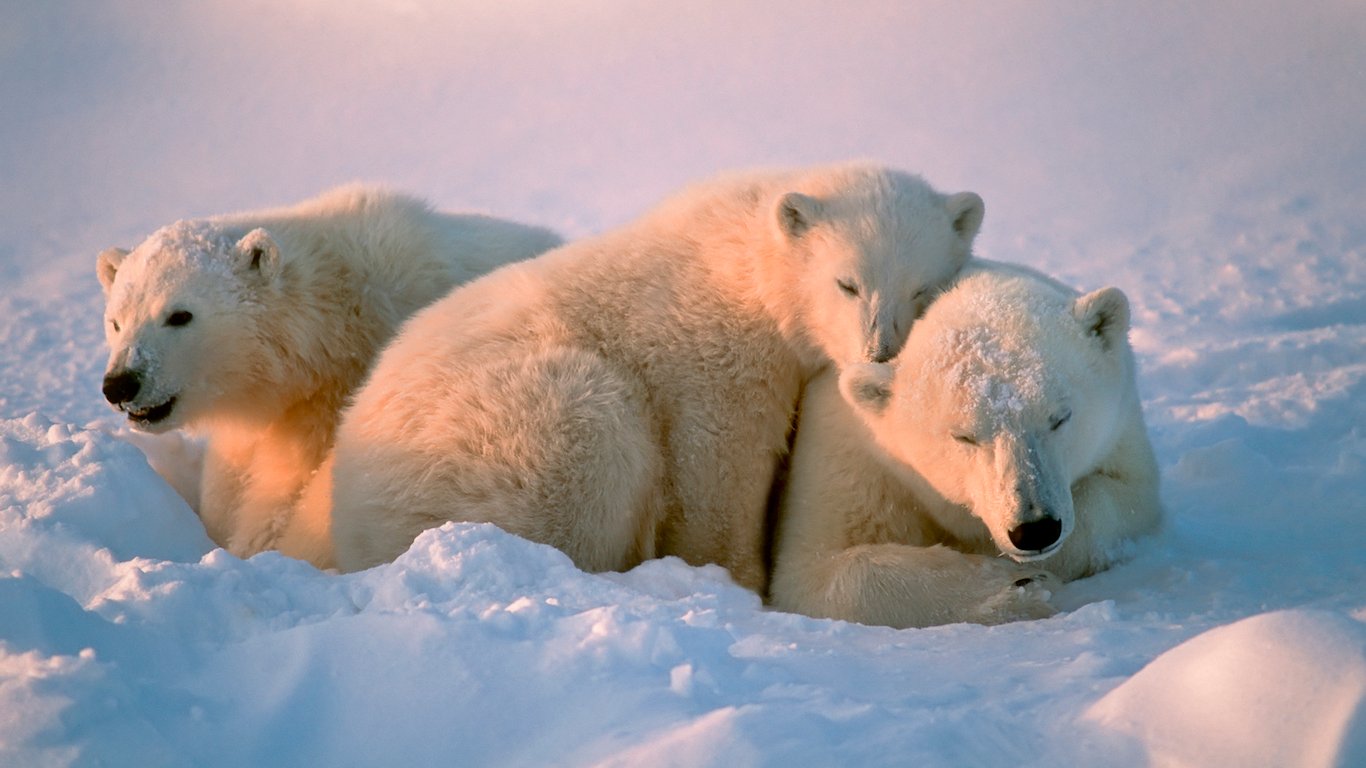
7. Improved population estimates
Accurate data is critical to conservation efforts of polar bears or any other endangered species. Determining the precise polar bear population has been challenging because the animals live in remote, difficult to access areas. However, over the years, groups trying to protect polar bears have developed better estimates of the polar bear population, which helped them to understand the scope of protecting the animals. Even so, population estimates for certain subspecies of polar bears remain limited, hindering attempts for better protection of polar bears.
[in-text-ad-2]

6. Aerial and ship-based hunting ban
Aerial and boat-based trophy hunting, which drastically reduced the polar bear population in the 1950s and 1960s, was banned by international agreement in the 1970s. The broad regulation represents one of the greatest gains in conservation efforts. Once such forms of hunting were banned, the population rebounded. Similarly, unmonitored hunting by indigenous people trimmed polar bear populations, but once quotas for subsistence hunting were put in place, polar bear numbers recovered. According to polar bear scientist Steven Amstrup, sustainable hunting of polar bears is possible in areas not yet undergoing habitat loss from melting sea ice.
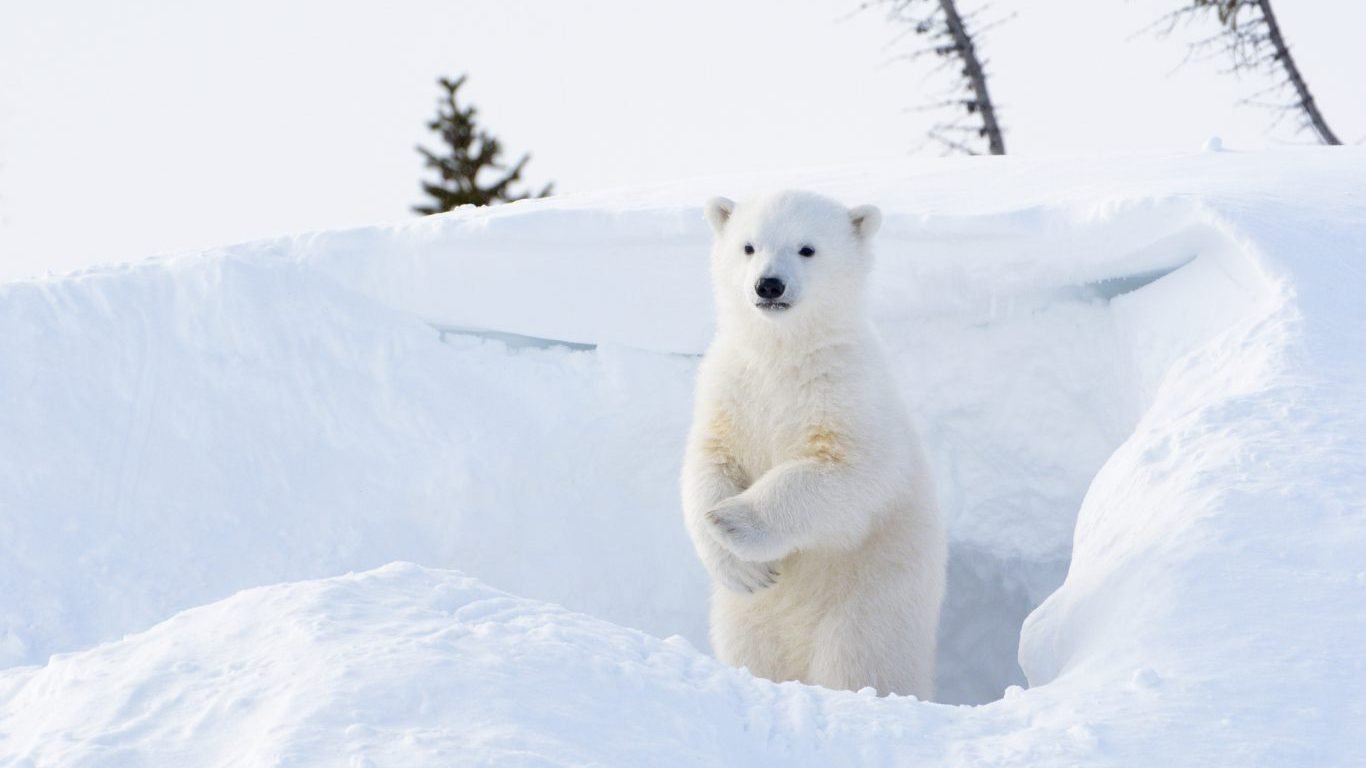
5. Protecting habitats
With increased human development encroaching on polar bear habitat and climate change further reducing it, it is important to protect areas where polar bears still roam. The World Wide Fund for Nature (WWF) has provided financial support to the Wrangel Island Nature Preserve, known for its high concentration of polar bear maternity dens. The WWF has backed the creation of Polar Bear Pass National Wildlife Area in Canada’s High Arctic region and the Russian Arctic Park on the northern part of the island of Novaya Zemlya above Russia.
[in-text-ad]
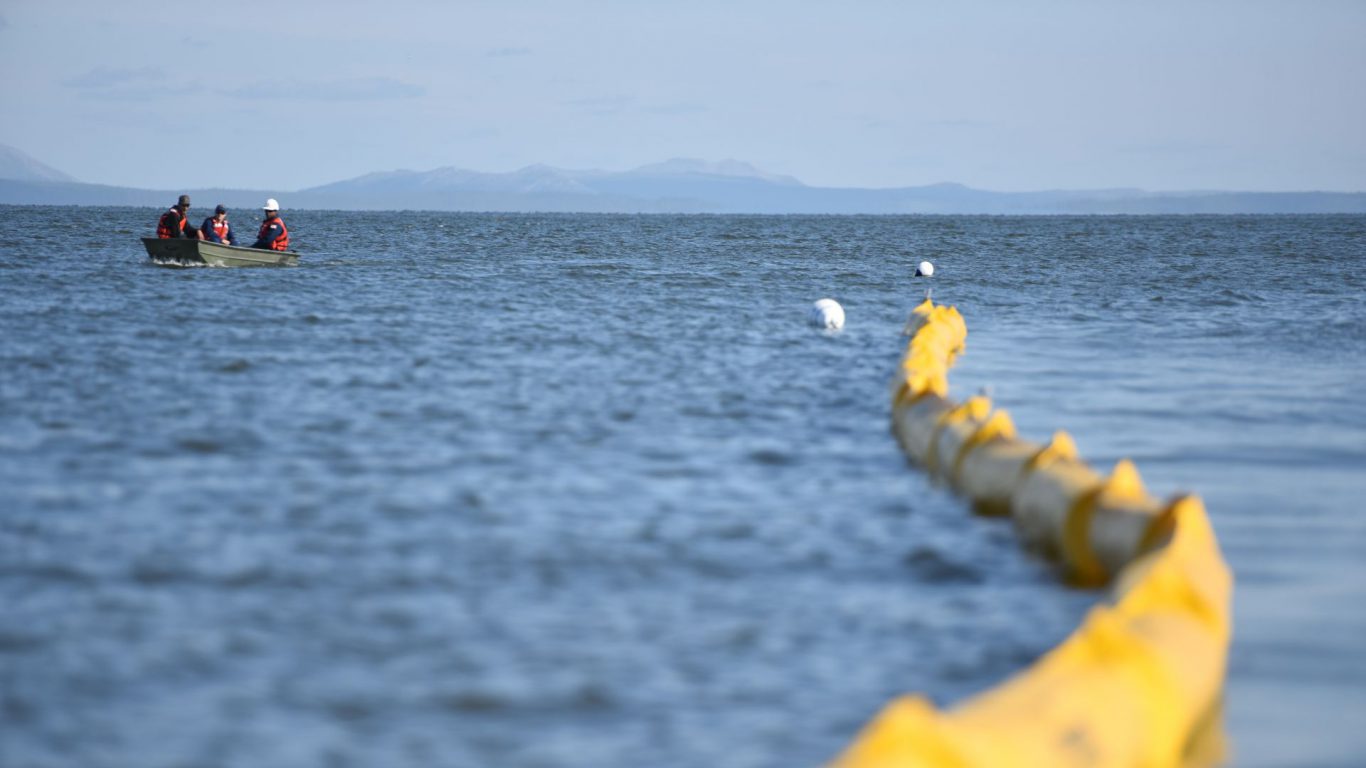
4. Lowering impact from industry
Banning industrial developments in the Arctic is certainly one way to curb threats to polar bears. Because of the enormous pressures to exploit fossil fuels, such regulations are often difficult to implement. Different interest groups, however, have made efforts to find a middle ground. There are several examples of conservation groups working with shipping and oil companies to steer away from ecologically sensitive areas. In a joint effort last year between the U.S. Fish & Wildlife Service’s Polar Bear team and oil company Hilcorp Alaska the disturbance of a pregnant polar bear’s den was entirely avoided. Organizations are also working with businesses on preparedness plans for oil spills and what the appropriate response should be to such incidents.
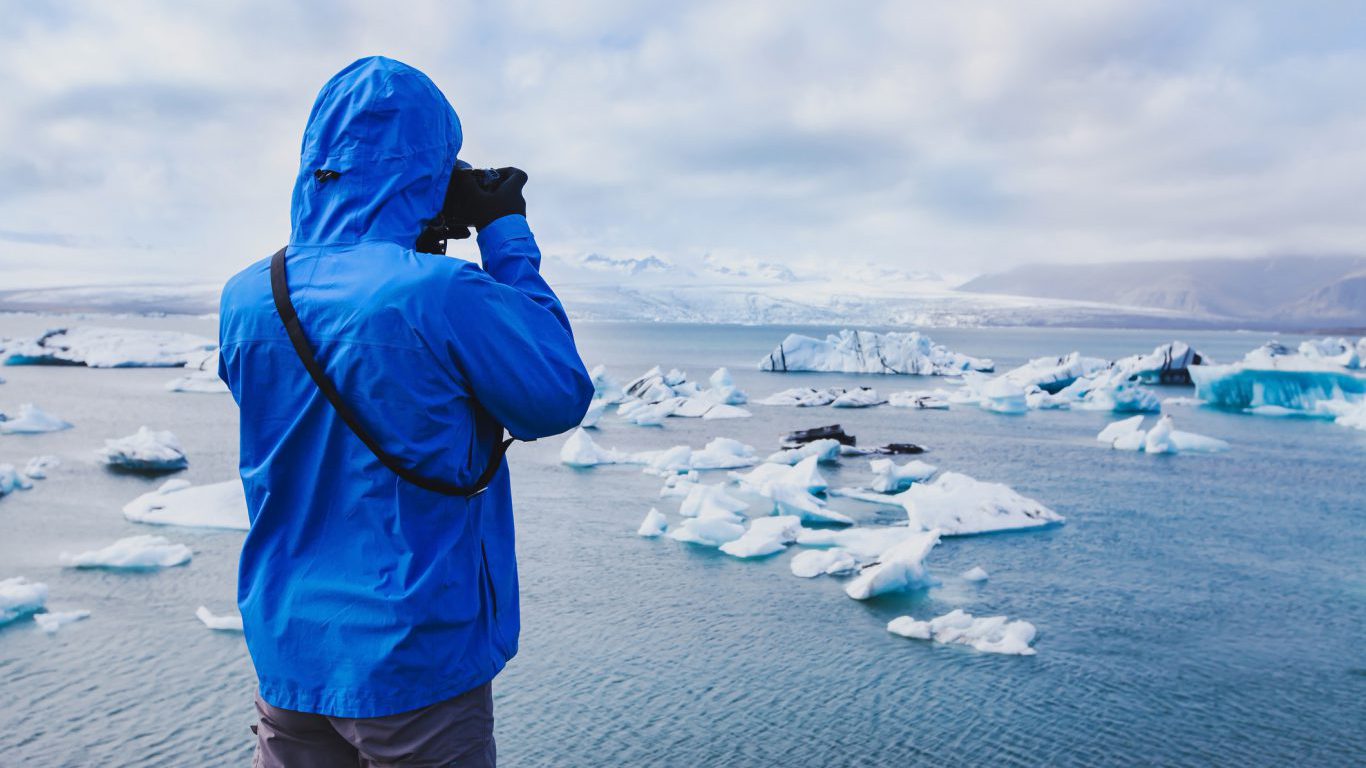
3. Keeping polar bears and people apart
As tourism to the Arctic continues to increase it has become essential to keep polar bears and humans separated. Interactions between the two species frequently result in deadly incidents where people face killing the land carnivores in self-defense. Recommended precautions include using steel food storage bins so people can continue to store food outside and keep polar bears out, and electric fences to separate polar bears from dogs. Polar-bear patrols provided by groups such as WWF are deployed in Russia, Canada, and Greenland to deter the animals from entering areas with people.
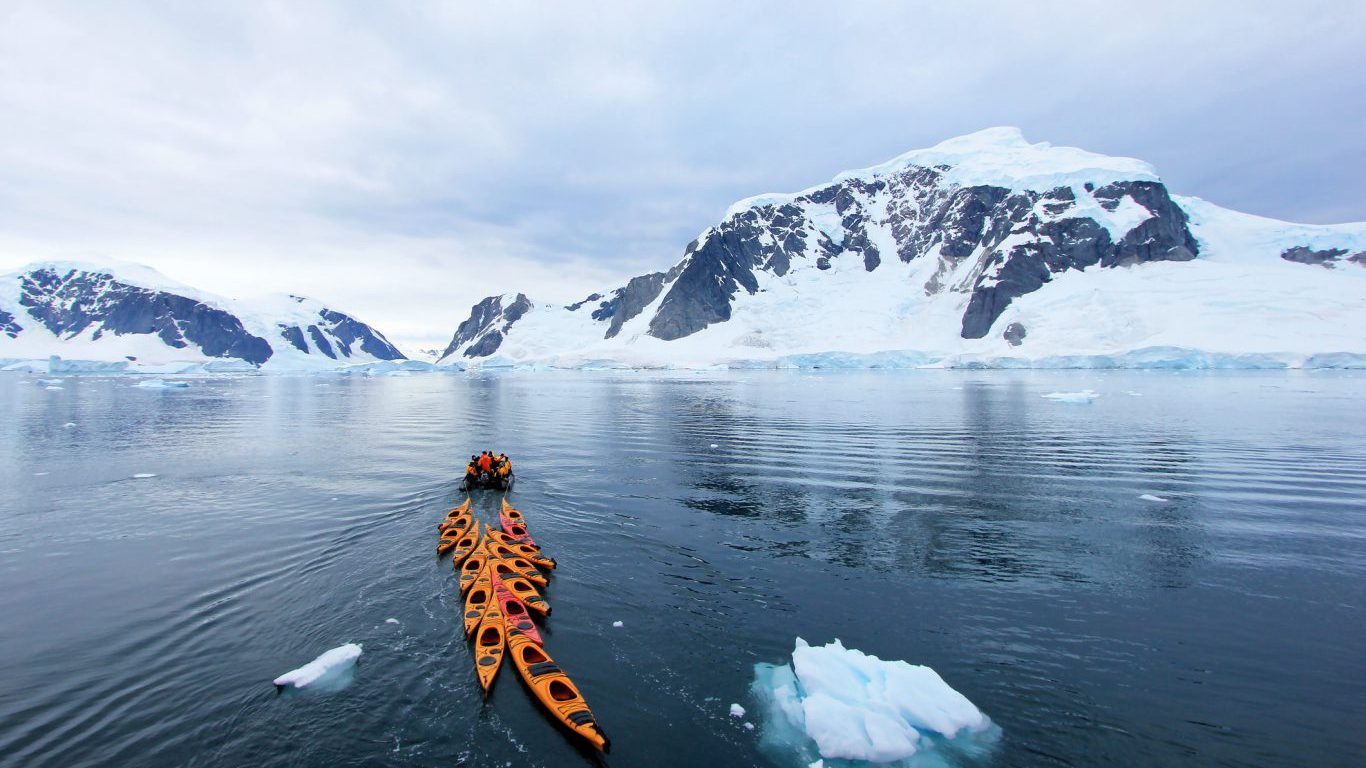
2. Sustainable tourism
Tourism in the Arctic has soared, and it has had an impact on the ecosystem. In order to handle the surge in tourism, conservation groups are working with tourism operators to limit the impact of tourists in areas where polar bears live. Groups like the WWF have created a code of conduct for Arctic tourists that advocates using natural resources in a sustainable way, minimizing consumption, respecting local cultures and historic sites, and following safety rules.
[in-text-ad-2]
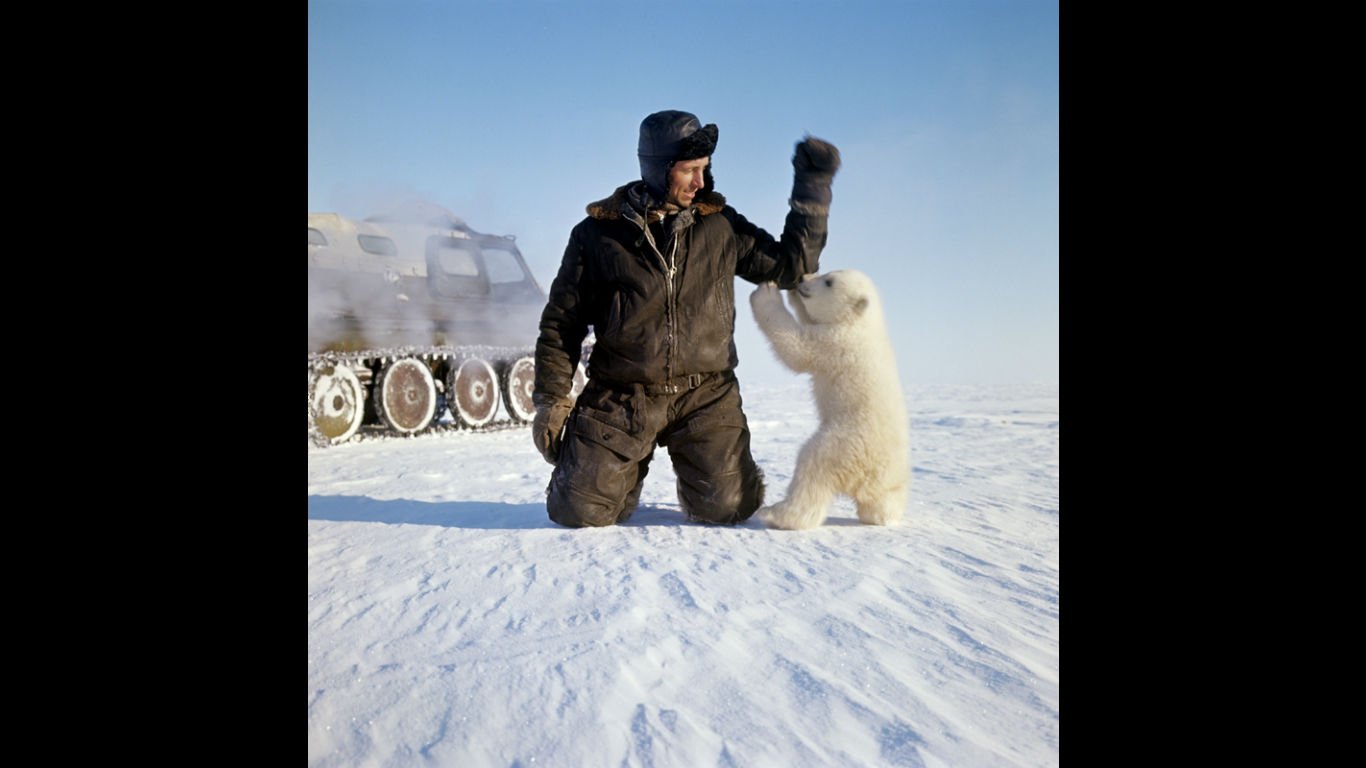
1. Supporting polar bear research
In order to better understand the threats endangering the polar bear population, how the bears are adjusting to many of the threats, and how to better help them survive and thrive, much research is needed. For example, research is underway now to understand how polar bears are adapting to climate change in areas such as northern Norway. One of the areas that scientists are focusing on is the relationship between polar bears and sea ice and how polar bears are responding to changes in the sea ice. This will provide scientists with more information on developing strategies to help polar bears survive. Groups such as WWF also emphasize closer partnerships with indigenous people to gather information on polar bears.
Finding a qualified financial advisor doesn’t have to be hard. SmartAsset’s free tool matches you with up to 3 fiduciary financial advisors in your area in 5 minutes. Each advisor has been vetted by SmartAsset and is held to a fiduciary standard to act in your best interests. If you’re ready to be matched with local advisors that can help you achieve your financial goals, get started now.
Thank you for reading! Have some feedback for us?
Contact the 24/7 Wall St. editorial team.